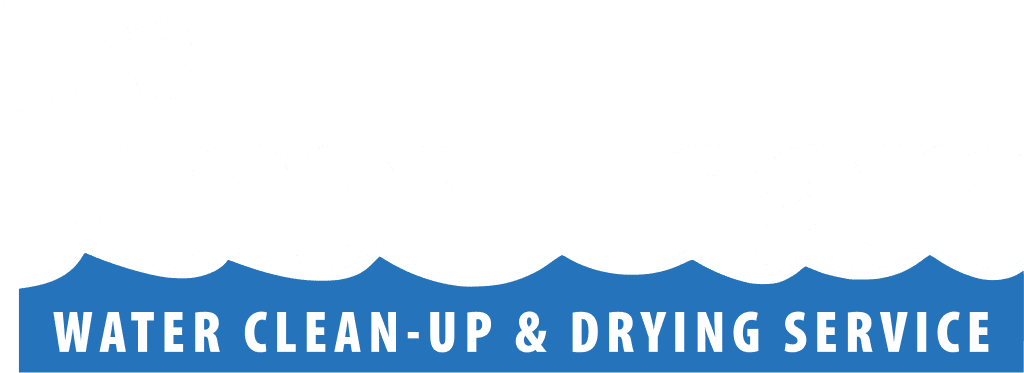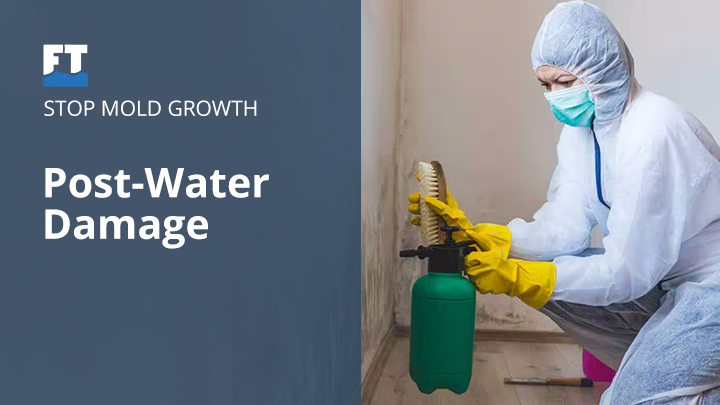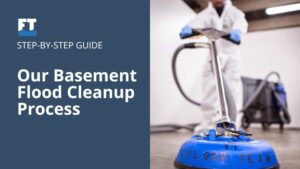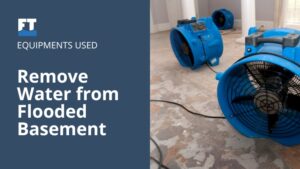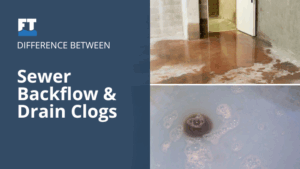Water damage creates the perfect conditions for mold to grow fast. Mold spores can settle and spread within 24 to 48 hours if the area stays damp. Ignoring wet floors, walls, or furniture allows mold to take hold, causing costly repairs and serious health risks. Mold exposure can trigger allergies, breathing problems, and even structural damage if left untreated.
Taking action right away can help prevent mold growth before it becomes a bigger problem. Ignoring the signs of water damage can allow mold to spread unnoticed. Removing water, drying everything thoroughly, and maintaining low humidity help protect your home and health. Using proper cleaning methods and seeking professional help when necessary can ensure a mold-free environment. Follow these steps to prevent mold after water damage.
1. Remove Standing Water Quickly
Eliminating standing water immediately helps prevent mold from spreading. The faster water gets removed, the lower the chances of mold growth.
Use Pumps and Vacuums
For large amounts of water, use submersible pumps or wet-dry vacuums to drain water quickly. Smaller areas may require mops and towels to soak up excess moisture. Professionals offering water extraction services have specialized equipment that can remove water more efficiently, reducing drying time and lowering mold risks.
Dispose of Water Safely
Direct the drained water away from your home’s foundation to prevent further leaks or structural issues. Avoid dumping water into areas that could lead to reabsorption.
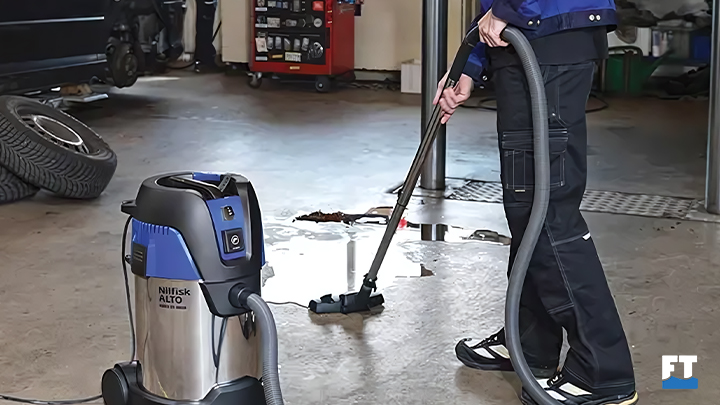
2. Dry Affected Areas Thoroughly
Mold needs moisture to thrive, so drying everything completely helps stop it from growing. Speeding up the drying process reduces mold risks. Incorporating drying essentials like using the right tools and techniques ensures that all moisture is properly eliminated.
Increase Air Circulation
Open windows and doors to let fresh air move through the space. Cross-ventilation helps dry damp areas faster and reduces lingering odors.
Set up fans to blow air across wet surfaces. Dehumidifiers help pull moisture from the air, preventing humidity levels from staying too high.
Dry Hidden Areas
Check for moisture behind walls, under flooring, and inside cabinets. Use moisture meters to detect dampness in places that may not feel wet to the touch.
3. Remove and Dispose of Damaged Materials
Waterlogged materials create a breeding ground for mold. If you have water damage, removing unsalvageable items quickly helps keep the area clean and safe. Lingering moisture in damaged materials can allow mold to spread, leading to potential health risks and costly repairs.
Remove Carpets and Rugs
Carpets and rugs hold moisture and can develop mold in less than 48 hours. Pull up wet carpeting and dispose of it if drying completely isn’t possible.
Cut Away Wet Drywall
Drywall absorbs water like a sponge, making it difficult to dry fully. Cut out water-damaged sections and replace them with new materials to prevent mold growth.
Check Furniture and Insulation
Inspect upholstered furniture, mattresses, and insulation. If they remain damp for too long, consider disposing of them to avoid mold spreading further.
4. Clean and Disinfect Surfaces
After removing water and damaged materials, cleaning helps eliminate mold spores that may have settled on surfaces. Proper disinfection keeps the area safe for rebuilding.
Use Mold-Killing Cleaners
Choose cleaning solutions specifically designed to kill mold and bacteria. Vinegar, hydrogen peroxide, and commercial mold cleaners work well on most surfaces.
Scrub Hard Surfaces
Clean walls, floors, and countertops with a scrub brush and disinfectant. Pay close attention to corners and hidden spots where mold often grows.
5. Monitor Humidity Levels
Keeping indoor humidity levels low discourages mold from returning. Using tools to track moisture helps keep the air dry and safe.
Use a Hygrometer
A hygrometer measures humidity levels, helping maintain them below 60%. Check humidity regularly to catch any increases before they become a problem.
Keep Ventilation Strong
Run exhaust fans in kitchens and bathrooms to prevent moisture buildup. Leaving windows slightly open can also improve air circulation.
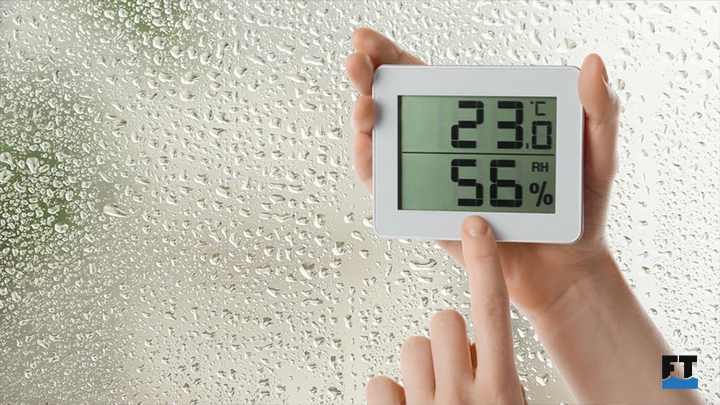
6. Seek Professional Help When Needed
Some water damage situations require expert help. If the affected area is too large or mold growth has already started, calling professionals ensures proper handling.
Call Water Damage Restoration Experts
Water damage repair companies use industrial equipment to dry and clean affected areas thoroughly. They can also assess hidden damage and prevent future issues.
Schedule Mold Inspections
If mold keeps returning, schedule a professional mold remediation. Experts can identify moisture sources and provide long-term solutions.
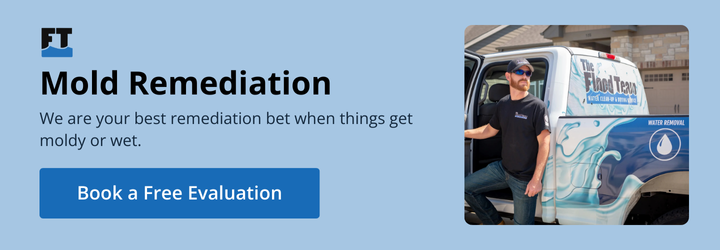
Final Thoughts
Stopping mold after water damage requires quick action and thorough drying. Removing water, cleaning surfaces, and keeping humidity low helps prevent mold from taking over. Checking hidden areas and staying proactive can protect your home from further damage. If the situation feels too challenging, professional help can provide peace of mind.
FAQs
How quickly does mold start growing after water damage?
Mold can start growing within 24 to 48 hours, so immediate action is necessary.
Can I clean up water damage by myself?
For small leaks, yes. But large water damage may require professional help to avoid mold growth.
What should I do if mold keeps coming back?
Check for hidden moisture sources, improve ventilation, and consider professional mold removal services.
Which materials are most likely to grow mold after water damage?
Carpets, drywall, insulation, and wooden furniture absorb moisture and can quickly develop mold.
How do I know if an area is completely dry?
Use a moisture meter to check hidden dampness in walls, floors, and furniture before repairs start.
